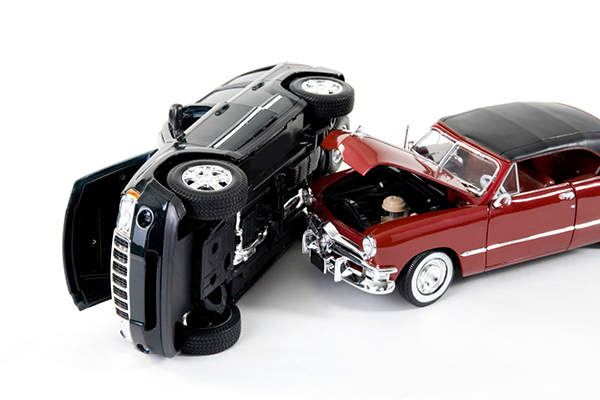In a perfect world, chocolate wouldn’t be full of calories, computer systems would never crash, and auto accidents wouldn’t take place at all. And the market value of your car would be exactly equal to the amount you still owe the bank or dealer.
Alas, we do not live in a perfect world — which is why there may be a need for gap insurance.
 Gap stands for guaranteed auto protection, and it is intended to pay you the monetary difference between what your car is worth and what you owe on it in the event it is stolen, totaled, or destroyed in another manner (fire, flood, etc.). In other words, there are two conditions which must be satisfied in order for you to even need gap insurance:
Gap stands for guaranteed auto protection, and it is intended to pay you the monetary difference between what your car is worth and what you owe on it in the event it is stolen, totaled, or destroyed in another manner (fire, flood, etc.). In other words, there are two conditions which must be satisfied in order for you to even need gap insurance:
• You must have taken out a loan to pay for your car (instead of paying cash for it, for instance)
• You choose to purchase comprehensive and/or collision coverage for your vehicle (if you’re just carrying liability insurance, gap insurance has no value for you)
Gap Insurance in the Real World
Here’s how gap insurance works. Let’s say that you purchase a $37,000 car at 0% financing (for ease of calculations) over a period of five years, and you make a $7,000 down payment and finance the rest with your bank. Therefore, on the day you drive the car off the dealer’s lot, you owe $30,000 on it. And being a savvy consumer, you immediately purchase comprehensive insurance coverage for it (as well as other coverage such as collision and the state-required liability coverage, of course).
Of course, your car depreciates at a rate that is completely unrelated to your payment schedule. For example, many cars are literally worth a few thousand dollars less the minute that you take them home.
 So let’s pretend that two years from the day you buy the car, it gets stolen. If you’re up-to-date on payments, you still owe $18,000 for the car. But let’s assume that the market value of a two-year old car of your make and model is only worth $15,500 on the open market.
So let’s pretend that two years from the day you buy the car, it gets stolen. If you’re up-to-date on payments, you still owe $18,000 for the car. But let’s assume that the market value of a two-year old car of your make and model is only worth $15,500 on the open market.
So if you elected not to buy gap insurance, the insurer would only pay you an amount equal to the value of the car — but you would still owe the bank $2,500. On top of that, you’d have to scrounge up the money to get a new car. But if you did have the foresight to purchase gap insurance, your insurer would pay you the additional $2,500 so you could pay off your loan with the bank.
It should be noted that all comprehensive coverage comes with a deductible, but some gap insurance policies cover that deductible while others don’t. You’d have to check with your insurer to find out.
Do You Need Gap Insurance?
Which brings us to the next question: how necessary is gap insurance?
The answer depends on a number of factors. Generally speaking, it may be a good choice to obtain gap insurance if…
• you finance your car for five years or longer
• your down payment is less than 20% of the purchase price
• you drive a lot (over 15,000 miles a year)
• the car you buy is known for depreciating rapidly
It should be noted that if you lease a vehicle instead of buying it, the leasing company may require you to buy gap insurance as part of the lease agreement. That’s because your monthly payments are much less than they would be if you bought it (which is what makes leases attractive), thus increasing the “gap” between the vehicle’s value and what you owe on the lease.
How Much Does Gap Insurance Cost?
Now, the good news: gap insurance usually only costs a few ($5 to $10 typically) extra dollars per month. So if you’re investing in collision and/or comprehensive insurance anyway, you won’t be enjoying significant cost savings by forgoing gap insurance. Plus, you only need to maintain it until you pay off your car loan or lease agreement.
Here’s one hard-and-fast rule about gap insurance: if you buy it from the auto dealer or the leasing company, you’ll likely pay more for it than you would from an insurance company. So if you’re looking for affordable gap insurance (as well as all other types of coverage), be sure to check with Auto Insurance Specialists. They have a proven track record of getting the most affordable insurance policies for their customers.
This content is offered for educational purposes only and does not represent contractual agreements. The definitions, terms and coverage’s in a given policy may be different than those suggested here and such policy will be governed by the language contained therein. No warranty or appropriateness for a specific purpose is expressed or implied.

